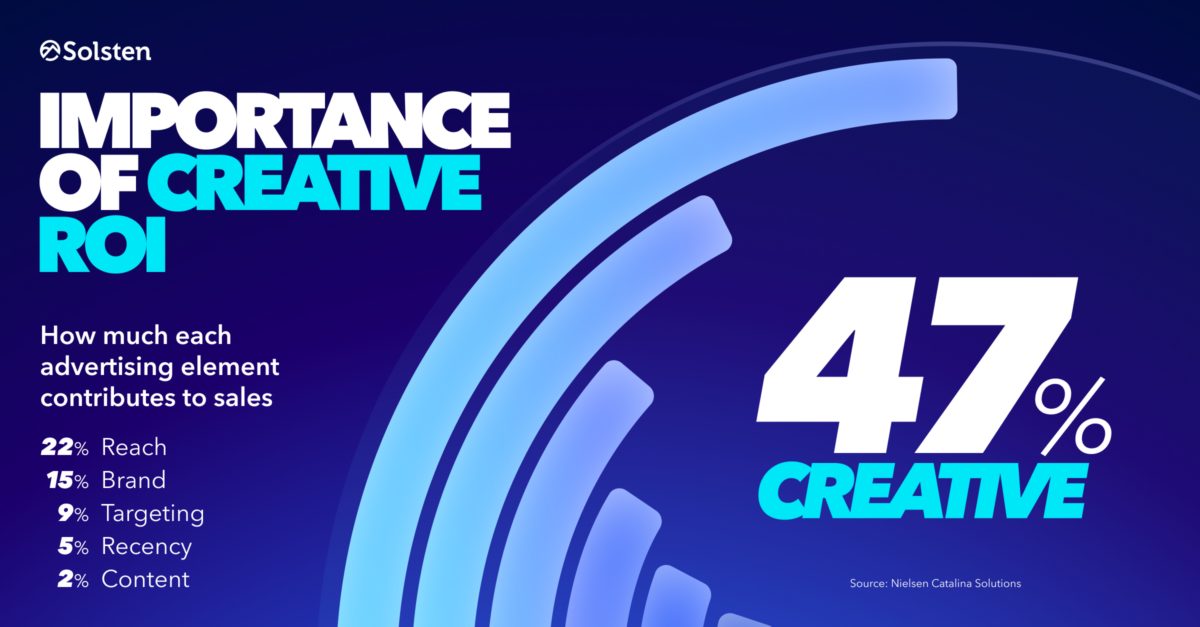Marketers are gearing up for a major shock to the system.
By the end of 2024, the “accept all cookies” buttons at the bottom of every website will disappear. Why? Because Google is phasing out all third party cookies across Chrome and Android. Chrome is the browser of choice for over 63% of the world’s population. Tracking as we know it is on death’s doorstep.
The demise of cookies is being framed as a privacy policy to benefit consumers. And it definitely is that. Cookies, as useful as they are, have always been a bit icky. But the truth is that just like the death of IDFA before it, this is a big tech power grab. Google and Apple are monopolizing their data, and no longer want to share it.
This is a golden opportunity for marketers. Why? Because it will force them to stop doing what’s easy, and start doing what they know works… again.
The Glory Days of Advertising
You are the product. You, feeling something. That’s what sells.
For most of the history of advertising, this quote from Mad Men summed up the strategy. There was no Facebook, no targeting, no remarketing, no fingerprinting. Ads were created, pitched, and placed on billboards. The challenge was to ensure that these ads resonated with the right audience.
How did they do that without cookies? With one simple innovation: focus groups.
Focus groups emerged in the mid-20th century as a crucial tool for marketers and advertisers to understand how potential customers would react to campaigns. They marked a period when marketers truly honed in on understanding their audience — their preferences, motivations, needs, and desires.
With none of the data that marketers rely on to make decisions today, they had to rely on creative to reach their target audience. And this era produced legendary creative.
The Shift in Advertising
Fast forward to 2024. IDFA has come and gone. Cookies are about to follow. Targeting as we know it isn’t what it used to be.
But here’s the thing — it never was what it used to be in the first place.
Numerous studies have shown that quality of creative, not targeting, is far more effective in driving sales increases. Nielsen reports that compelling creative accounts for 86% of sales growth in digital advertising, with the quality of this content contributing to a 65% lift in digital ad sales.

A MAGNA Media Study backs this up, attributing 56% of influence on consumer purchase decisions to the quality of creative content. Google’s estimate is even higher, at around 70%. The numbers are even more stark when you dig into the nuances:
- Creative drives 56% of purchase intent while media placement and targeting drives 44%.
- Creative drives 79% of top-of-mind ad recall while media placement and targeting drives 21%.
- Creative drives 77% of brand favorability while media placement and targeting drives 23%.
And the thing is, marketers know this — 80% of marketers say that the quality of creative content is vital to their marketing success.
As we move further into a privacy-first ad world, we can only expect this number to grow.
The Future of Marketing: Understanding the Audience
The great marketers of the past understood that the true ROI of marketing came from deeply understanding who an audience is, and what will resonate with them.
Today, this deep understanding is the most efficient way to lower CPIs and increase ROAS.
For example, Mythical Games used this approach in their marketing campaign for their hit mobile game, NFL Rivals. They tested creative for a new ad centered around the main motivational trait identified in their most valuable audience — leadership.



